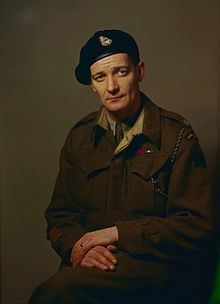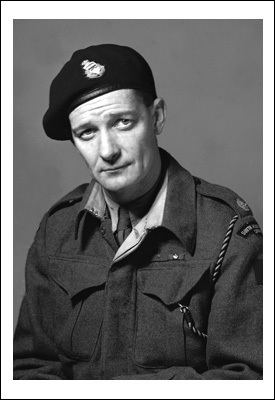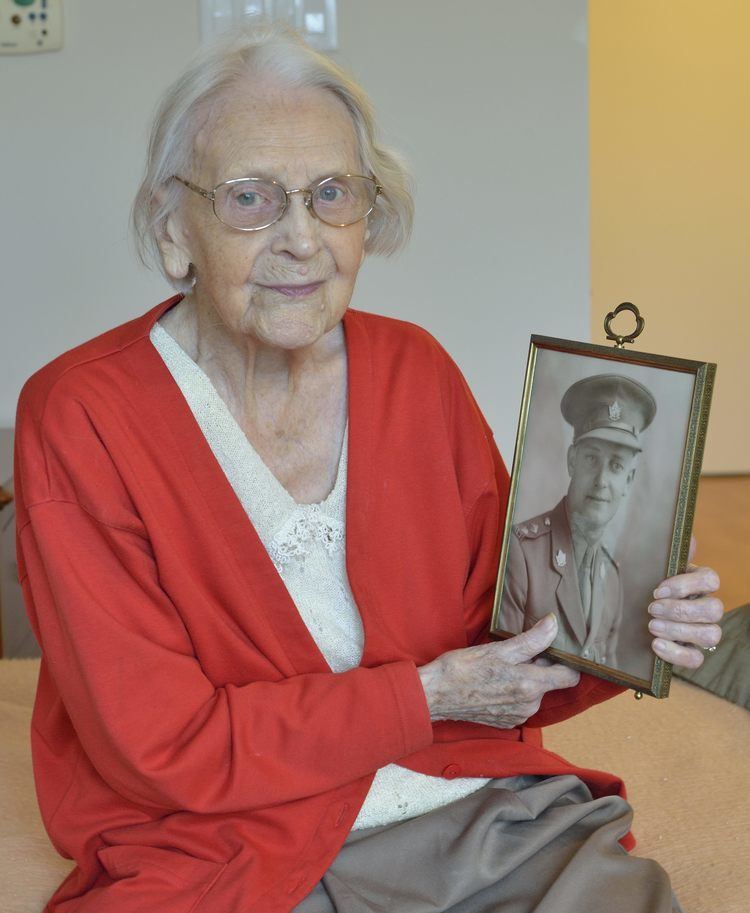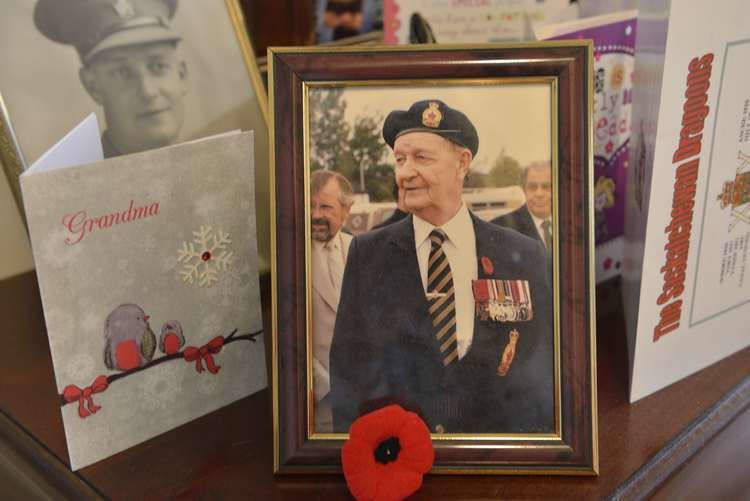Allegiance Canada Role Armed force officer Rank Lieutenant colonel Name David Currie | Battles/wars World War II Battles and wars World War II Years of service 1939 – 1945 | |
 | ||
Unit The South Alberta Regiment Died June 20, 1986, Ottawa, Canada | ||
Heroes of history major david vivian currie
David Vivian Currie, VC, CD (8 July 1912 – 20 June 1986), was a Canadian recipient of the Victoria Cross, the highest award for gallantry in the face of the enemy that can be awarded to British and Commonwealth forces.
Contents
- Heroes of history major david vivian currie
- Gcws major david vivian currie
- Early life
- Military service
- Medals
- References

Gcws major david vivian currie
Early life

Born in Sutherland, Saskatchewan, Currie was educated at King George Public School, the Central Collegiate and Moose Jaw Technical School. He was trained as an automobile mechanic and welder.
Military service

In 1939 he joined the militia, before joining the Regular Army the following year. He was commissioned as a lieutenant shortly afterwards, before being promoted to captain in 1941. By 1944 he had reached the rank of major.

Currie was awarded the Victoria Cross for his actions in command of a battle group of tanks from The South Alberta Regiment, artillery, and infantry of the Argyll and Sutherland Highlanders of Canada at St. Lambert-sur-Dives, during the final actions to close the Falaise Gap. This was the only Victoria Cross awarded to a Canadian soldier during the Normandy campaign (6 June 1944 through to the end of August 1944), and the only VC ever awarded to a member of the Royal Canadian Armoured Corps.

The then 32 year-old Currie was a Major in The South Alberta Regiment, Canadian Army during the Second World War. During the Battle of Falaise, Normandy, between 18–20 August 1944, Currie was in command of a small mixed force of tanks, self-propelled anti-tank guns and infantry which had been ordered to cut off one of the Germans' main escape routes.

After Currie led the attack on the village of St. Lambert-sur-Dives and consolidated a position halfway inside it, he repulsed repeated enemy attacks over the next day and a half. Despite heavy casualties, Major Currie destroyed seven enemy tanks, twelve 88 mm guns and 40 vehicles, which led to the deaths of 300 German soldiers, 500 wounded and 2,100 captured. The remnants of two German armies were denied an escape route.
Currie later achieved the rank of lieutenant colonel. After his military career, he served as Sergeant at Arms in the Canadian House of Commons from 1960 to 1978. In this role, he also served as a production consultant on the politically-themed CBC Television drama series Quentin Durgens, M.P..
He died in 1986 and was buried at Greenwood Cemetery, Owen Sound, Ontario. The armoury in Moose Jaw, Saskatchewan has since been named the "Lt. Colonel D.V. Currie Armoury" in his honour. Currie Avenue in the Montgomery Place neighborhood of Saskatoon was named in his honor.
Medals
In August 2017, Currie's VC and other medals were presented for auction by the British company of Dix Noonan and Webb. The seller had purchased them from Currie's widow in 1989, and they were being held by Canadian dealer Tanya Ursual. The expected sale price was $C500,000 to 600,000, plus commission and sales taxes. Of the 16 WW2 Canadian VCs, 12 were awarded to men serving in Canadian units, and this is the only one not in a museum and not previously on public display. The citation and supporting documents are breathtaking in the level of detail and the intensity of the battle.
